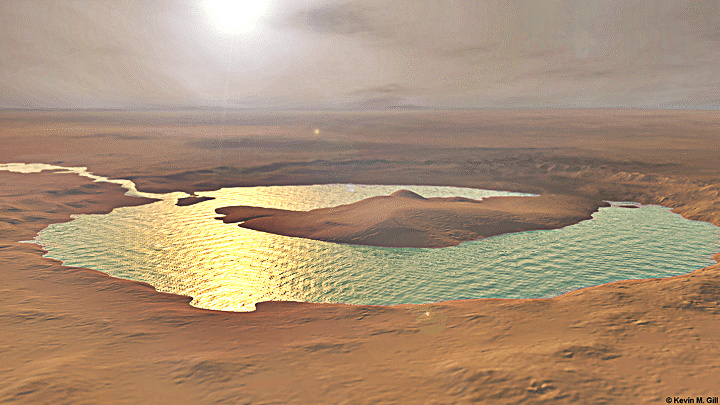
It will be the first of NASA’s five rovers to sniff around for traces of long-dead Martians-inhabitants of a world that, for its first billion years or so, was warmer and wetter than the dusty planet we see today. The rover’s mission is ambitious: to seek signs of ancient life on the red planet. “These missions are hard-there are a lot of things that have to go right,” says JPL’s Jennifer Trosper, Perseverance’s deputy project manager. In JPL’s mission control, matching face masks muffled shouts of excitement, but the team’s relief and jubilation was still very evident. Perseverance then confirmed its safe arrival with a signal relayed to Earth via the Mars Reconnaissance Orbiter-and it sent its first photos from its perch on the surface, sparking socially distanced celebrations at NASA’s Jet Propulsion Laboratory in California. The rover autonomously timed its movements so that it would alight within a roughly four-mile-wide landing ellipse in Mars’s Jezero Crater, which once hosted a deep and potentially long-lived lake. The one-ton, nuclear-powered Perseverance made a swift, acrobatic descent through the thin Martian atmosphere that, if all went well, has been captured on video for the first time. Perseverance is safely on the surface of Mars," said Swati Mohan, an engineer on the Perseverance team.

eastern time, the hulking, multibillion-dollar NASA rover Perseverance landed safely on the red planet after a 300-million-mile journey and a nerve-racking plunge to the Martian surface. It’s wheels down for the newest robot to inhabit Mars.


 0 kommentar(er)
0 kommentar(er)
